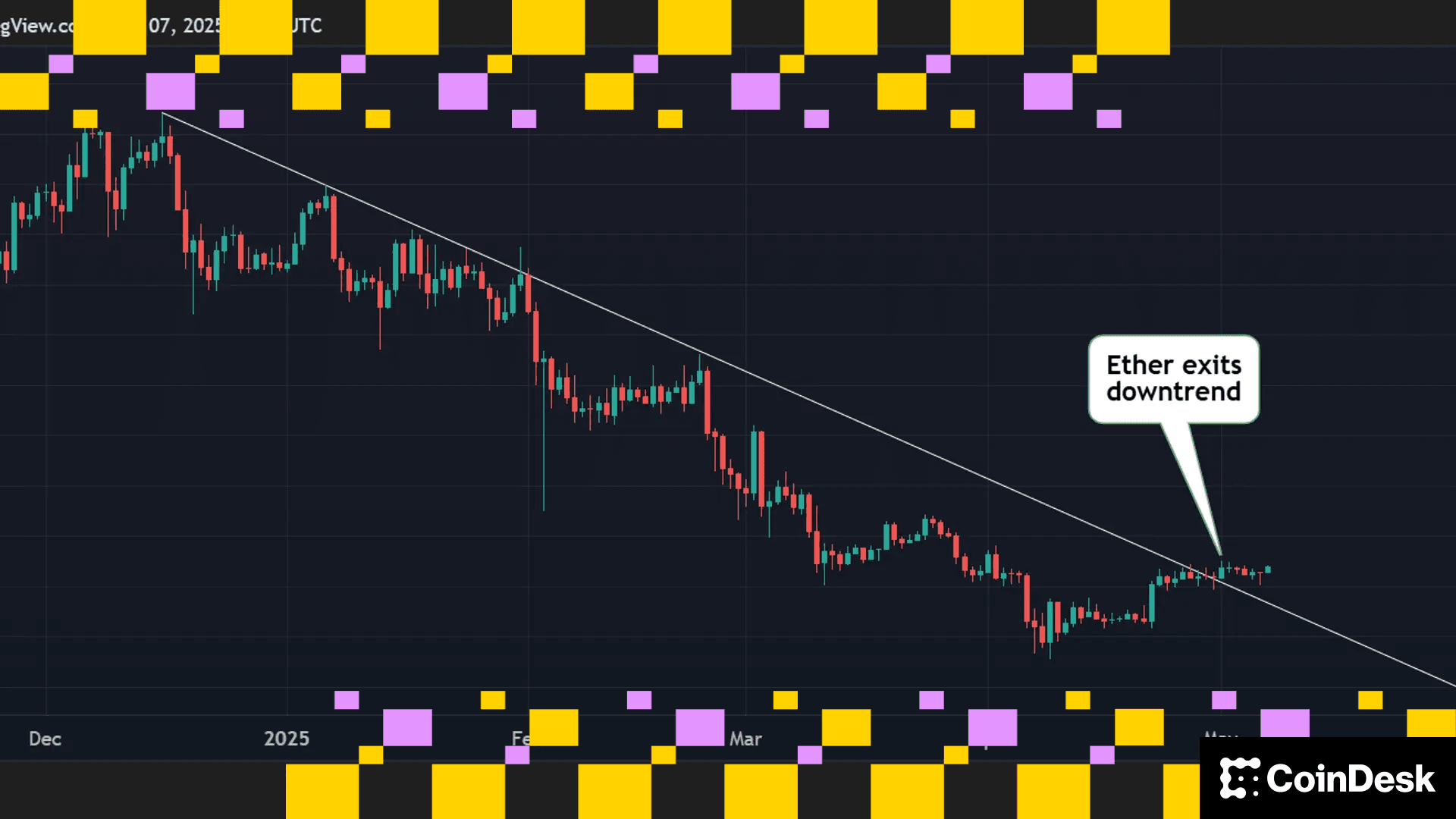Juiced USDS Yields Woo Solana Traders to Sky's Stablecoin
Sky's Solana rollout has been a smashing success. Will it last?

Solana traders are quickly embracing the newest stablecoin to join their decentralized finance (DeFi) fray: USDS, issued by Sky (formerly MakerDAO).
Less than a day into launch, USDS's circulating supply on Solana has already surpassed $89 million. Such launch day largesse puts the coin formerly known as DAI well ahead of the other recent entrant, PayPal's PYUSD, as Solana's fastest-growing stablecoin out of the gate.
The heady growth is about as preordained as anything could be in DeFi. Sky is spending $2 million a month to incentivize traders that swap into USDS and deploy it, said Rooter, the pseudonymous leader of borrow and lend protocol Save, which is handing out 400,000 worth of USDS a month to suppliers of the new stablecoin.
"With Sky heavily incentivizing it's no surprise" that USDS is growing so fast, Rooter said.
USDS lenders on Save, Drift and Kamino are chasing yields in excess of 20% because of the rewards boosts provided by Sky. The rate juicing makes USDS farming competitive with USDC, the most popular stablecoin on Solana.
It's not uncommon for new token issuers to boost their asset's initial adoption through incentive payouts. PayPal's stablecoin also benefitted from juiced initial yields. Rooter said that program spent around $10 million.
"Onboarding a new stable has a formula now: start with liquidity, start with supply then grow borrowing," said Marius Ciubotariu, co-founder of Kamino, which is giving hundreds of thousands of dollars-worth of USDS a week to liquidity providers and lenders.
Sky is going a step further by incentivizing traders to move their money into Solana via Wormhole, a token bridging service. That's further boosting circulating supply.
Yield-chasing stable farmers are a fickle type, and the free money won't last forever. When incentives start to dry out the USDS converts may swap back into USDC or other stablecoins, as they did with PYUSD, said Rooter.
"It's all about making inroads while the incentives are live, getting brand recognition or integrations," he said.
More For You
Exchange Review - March 2025

CoinDesk Data's monthly Exchange Review captures the key developments within the cryptocurrency exchange market. The report includes analyses that relate to exchange volumes, crypto derivatives trading, market segmentation by fees, fiat trading, and more.
What to know:
Trading activity softened in March as market uncertainty grew amid escalating tariff tensions between the U.S. and global trading partners. Centralized exchanges recorded their lowest combined trading volume since October, declining 6.24% to $6.79tn. This marked the third consecutive monthly decline across both market segments, with spot trading volume falling 14.1% to $1.98tn and derivatives trading slipping 2.56% to $4.81tn.
- Trading Volumes Decline for Third Consecutive Month: Combined spot and derivatives trading volume on centralized exchanges fell by 6.24% to $6.79tn in March 2025, reaching the lowest level since October. Both spot and derivatives markets recorded their third consecutive monthly decline, falling 14.1% and 2.56% to $1.98tn and $4.81tn respectively.
- Institutional Crypto Trading Volume on CME Falls 23.5%: In March, total derivatives trading volume on the CME exchange fell by 23.5% to $175bn, the lowest monthly volume since October 2024. CME's market share among derivatives exchanges dropped from 4.63% to 3.64%, suggesting declining institutional interest amid current macroeconomic conditions.
- Bybit Spot Market Share Slides in March: Spot trading volume on Bybit fell by 52.1% to $81.1bn in March, coinciding with decreased trading activity following the hack of the exchange's cold wallets in February. Bybit's spot market share dropped from 7.35% to 4.10%, its lowest since July 2023.
More For You











